Amazing Companion Vegetables For Your Gladioli
Amazing Companion Vegetables for Your Gladioli
Gladiolus are beautiful flowers that can add a touch of elegance to any garden. But did you know that they can also benefit from being planted near certain vegetables? Companion planting is the practice of planting different types of plants together in order to create a mutually beneficial relationship. When done correctly, companion planting can help to improve the health and productivity of your plants.
In this blog post, we will discuss some of the best companion vegetables for gladiolus. We will also provide some tips on how to plant and care for these plants together.
Benefits of Companion Planting
There are many benefits to companion planting. Some of the most common benefits include:
- Improved pollination: Some plants attract beneficial insects, such as bees and butterflies, which can help to pollinate your gladioli.
- Disease and pest control: Certain plants can help to repel pests and diseases, which can protect your gladioli from harm.
- Increased nutrient availability: Some plants can help to improve the nutrient content of the soil, which can benefit your gladioli.
- Enhanced growth: Companion planting can help to promote the growth of your gladioli by providing them with shade, windbreak, or other forms of support.
Best Companion Vegetables for Gladiolus
Some of the best companion vegetables for gladiolus include:
- Asparagus: Asparagus is a nitrogen-fixing plant, which means that it can help to improve the nitrogen content of the soil. This can benefit gladioli, which are heavy feeders.
- Beans: Beans also fix nitrogen in the soil, and they can also help to suppress weeds.
- Carrots: Carrots help to repel pests such as carrot flies. They also help to improve the drainage of the soil, which can benefit gladioli.
- Cucumbers: Cucumbers help to attract beneficial insects, such as ladybugs, which can help to control pests. They also help to suppress weeds.
- Lettuce: Lettuce helps to attract beneficial insects, such as hoverflies, which can help to control pests. It also helps to suppress weeds.
- Peas: Peas fix nitrogen in the soil, and they can also help to suppress weeds.
- Potatoes: Potatoes help to repel pests such as aphids and slugs. They also help to improve the drainage of the soil, which can benefit gladioli.
- Spinach: Spinach helps to attract beneficial insects, such as ladybugs, which can help to control pests. It also helps to suppress weeds.
How to Plant and Care for Gladioli with Companion Vegetables
When planting gladioli with companion vegetables, it is important to choose plants that have similar growing requirements. For example, all of the plants listed above prefer full sun and well-drained soil.
You should also plant the companion vegetables at the same time as the gladioli. This will help to ensure that they have a chance to establish themselves before the gladioli start to grow tall.
Once the plants are established, you should water them regularly, especially during hot, dry weather. You should also fertilize them every few weeks with a balanced fertilizer.
If you notice any pests or diseases, you should treat them immediately. You can use organic pesticides and fungicides to control pests and diseases without harming the plants.
Conclusion
Companion planting is a great way to improve the health and productivity of your gladioli. By planting them with the right companion vegetables, you can help to deter pests and diseases, improve pollination, and increase nutrient availability.
With a little planning, you can create a beautiful and productive garden that is full of gladioli and their companion vegetables.
Gladiolus are beautiful flowers that can add a splash of color to any garden. But did you know that there are some vegetables that can actually help them thrive?
Some good companion plants for gladiolus include:
- Zinnia: Zinnias are another tall, flowering plant that can help to deter pests from gladiolus. They also have similar soil requirements, so they can be planted together without any problems. Gardenia Inspiration
- Dahlia: Dahlias are another popular flowering plant that can be planted with gladiolus. They both need full sun and well-drained soil, so they make a good match. Gardenia Inspiration
- Cucumber: Cucumbers can help to suppress weeds around gladiolus plants. They also produce a chemical that can help to deter pests. Gardenia Inspiration
- Tomato: Tomatoes are another good companion plant for gladiolus. They can help to attract beneficial insects that can help to control pests. Gardenia Inspiration
If you're looking for more information about gladiolus companion vegetables, I recommend visiting Gardenia Inspiration. This website has a comprehensive guide to companion planting, including information on which vegetables are best to plant with gladiolus.
FAQ of gladiolus companion vegetables
Question 1: What are some good companion plants for gladiolus?
Answer: Some good companion plants for gladiolus include:
- Zinnias: Zinnias are tall, colorful flowers that attract pollinators, which can help to improve the pollination of gladiolus flowers.
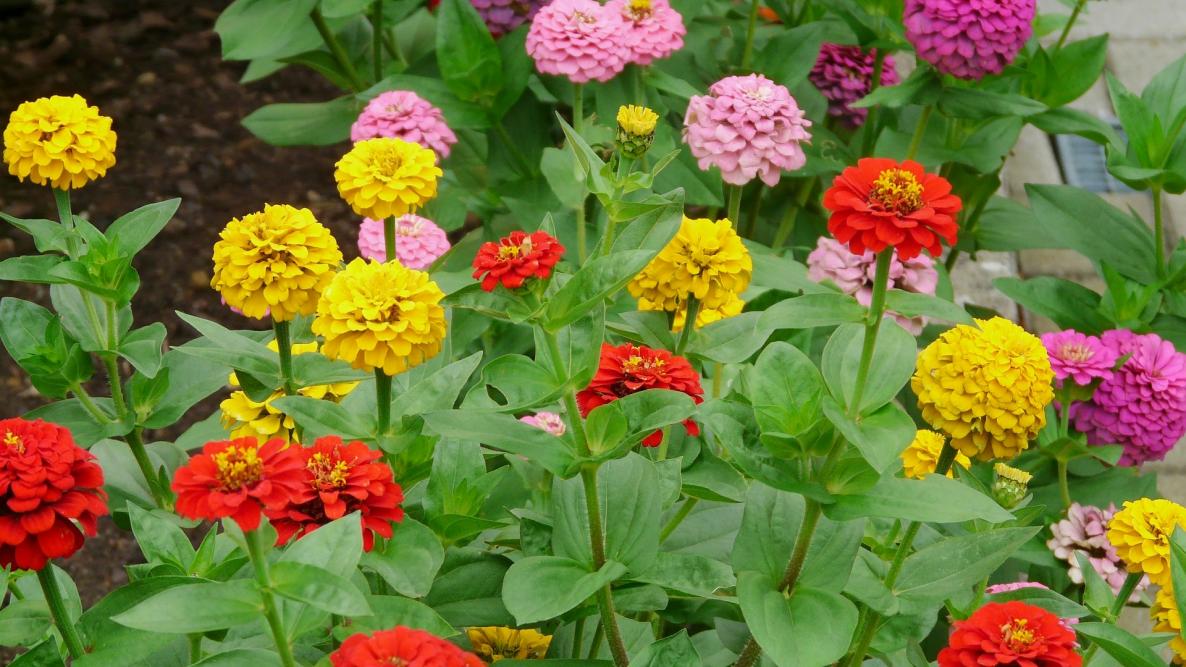
- Dahlias: Dahlias are also tall flowers that attract pollinators. They also have similar soil requirements to gladiolus, so they can be planted together without competing for nutrients.
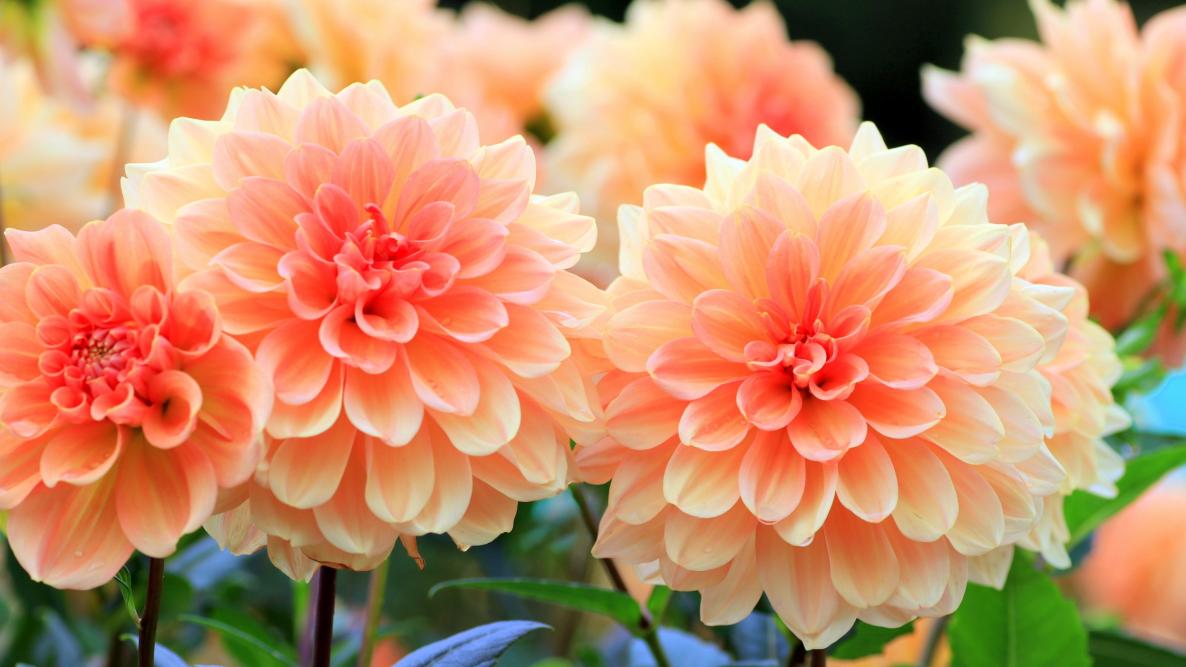
- Sunflowers: Sunflowers are tall plants that can provide shade for gladiolus plants in the afternoon. They also help to attract pollinators.
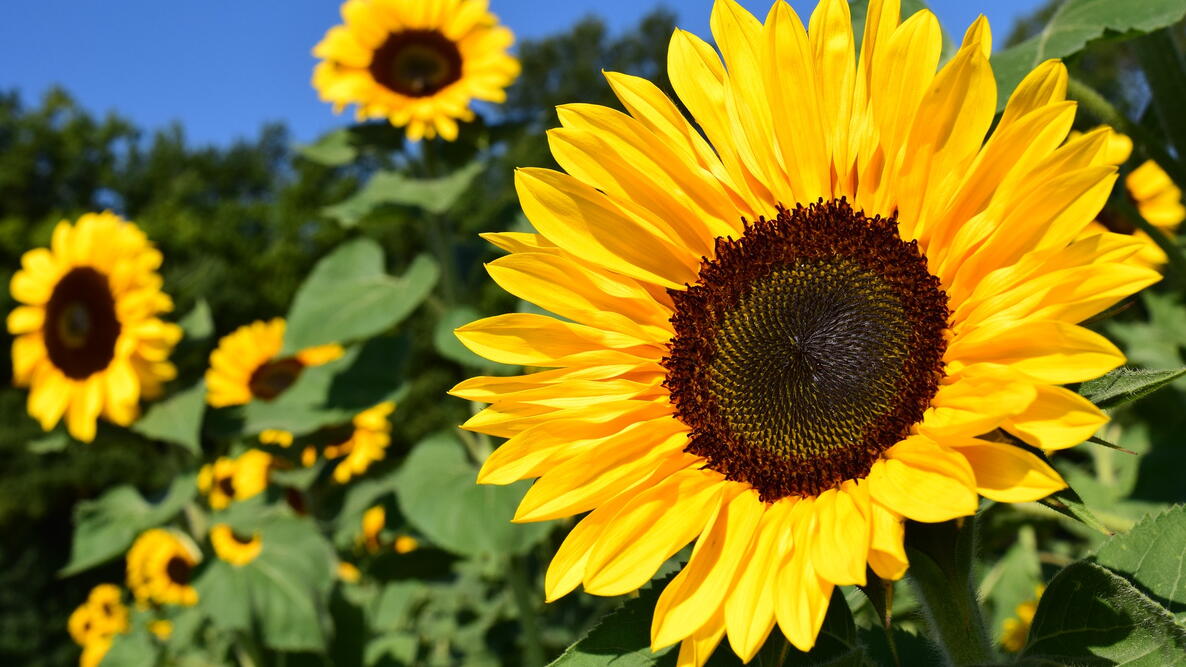
- Cucumbers: Cucumbers are vining plants that can be trained to grow up the stalks of gladiolus plants. This can help to provide support for the gladiolus plants and also help to keep the cucumber plants off the ground, where they are less likely to be affected by pests and diseases.
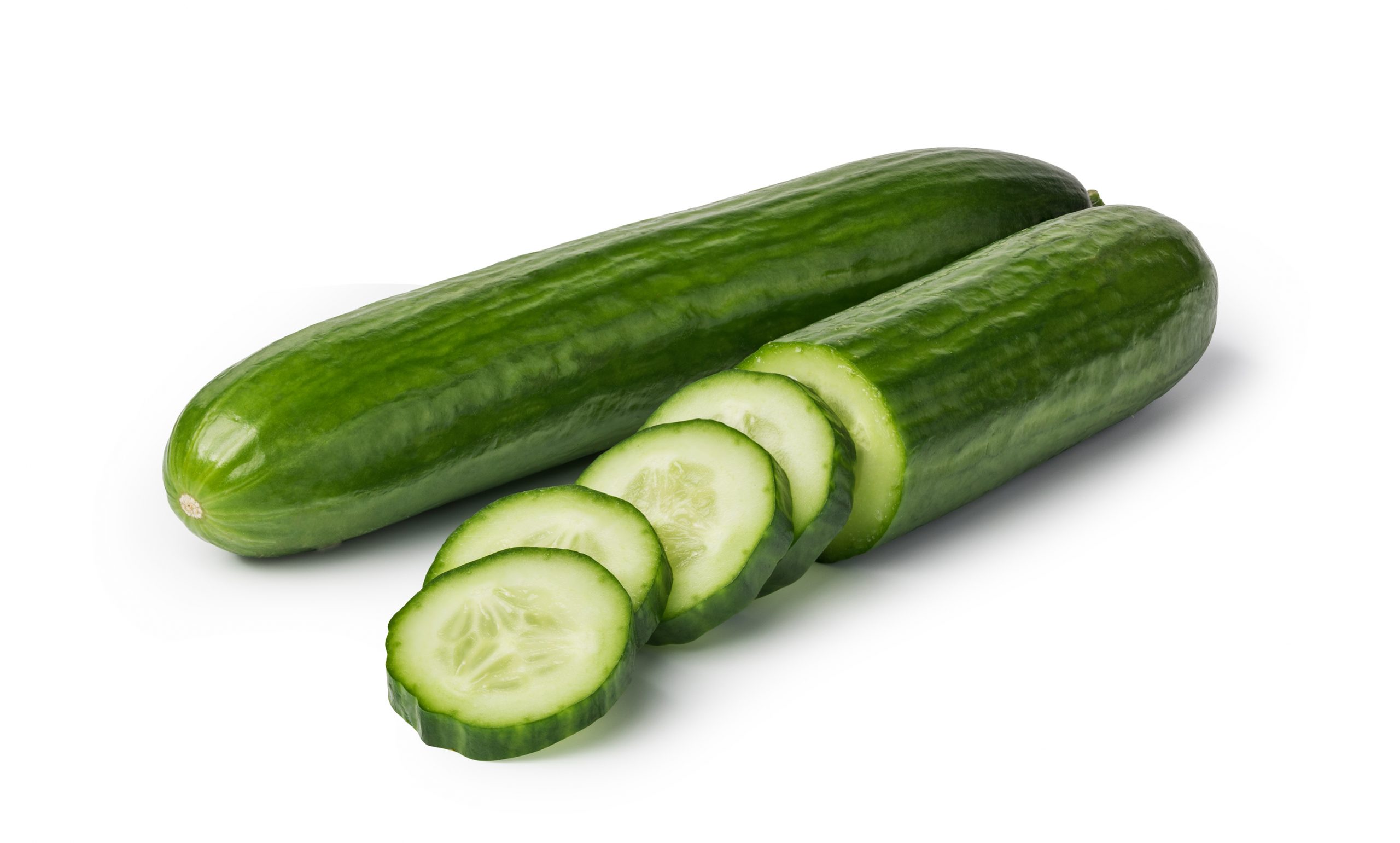
- Peas: Peas are legumes, which means that they can fix nitrogen in the soil. This can help to improve the soil quality for gladiolus plants. Peas are also relatively short plants, so they will not shade out the gladiolus plants.

Question 2: What vegetables should not be planted near gladiolus?
Answer: Some vegetables that should not be planted near gladiolus include:
- Tomatoes: Tomatoes are susceptible to a number of diseases, including verticillium wilt, which can also affect gladiolus plants.
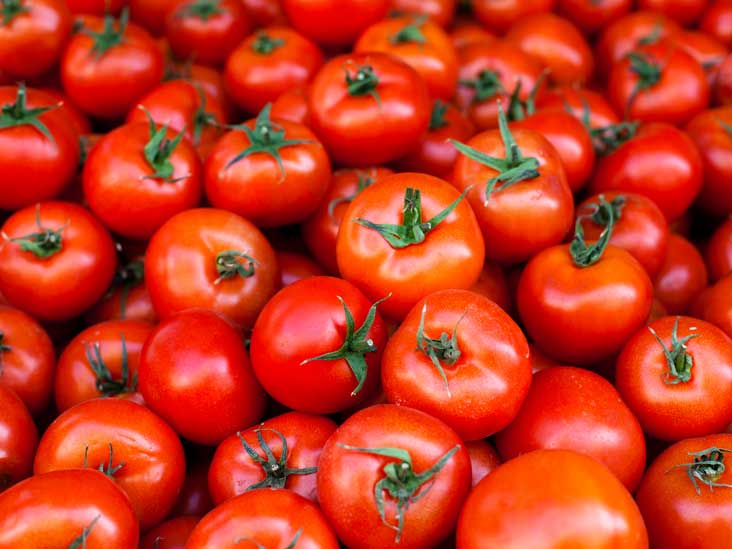
- Potatoes: Potatoes are susceptible to a number of pests, including the potato beetle, which can also attack gladiolus plants.
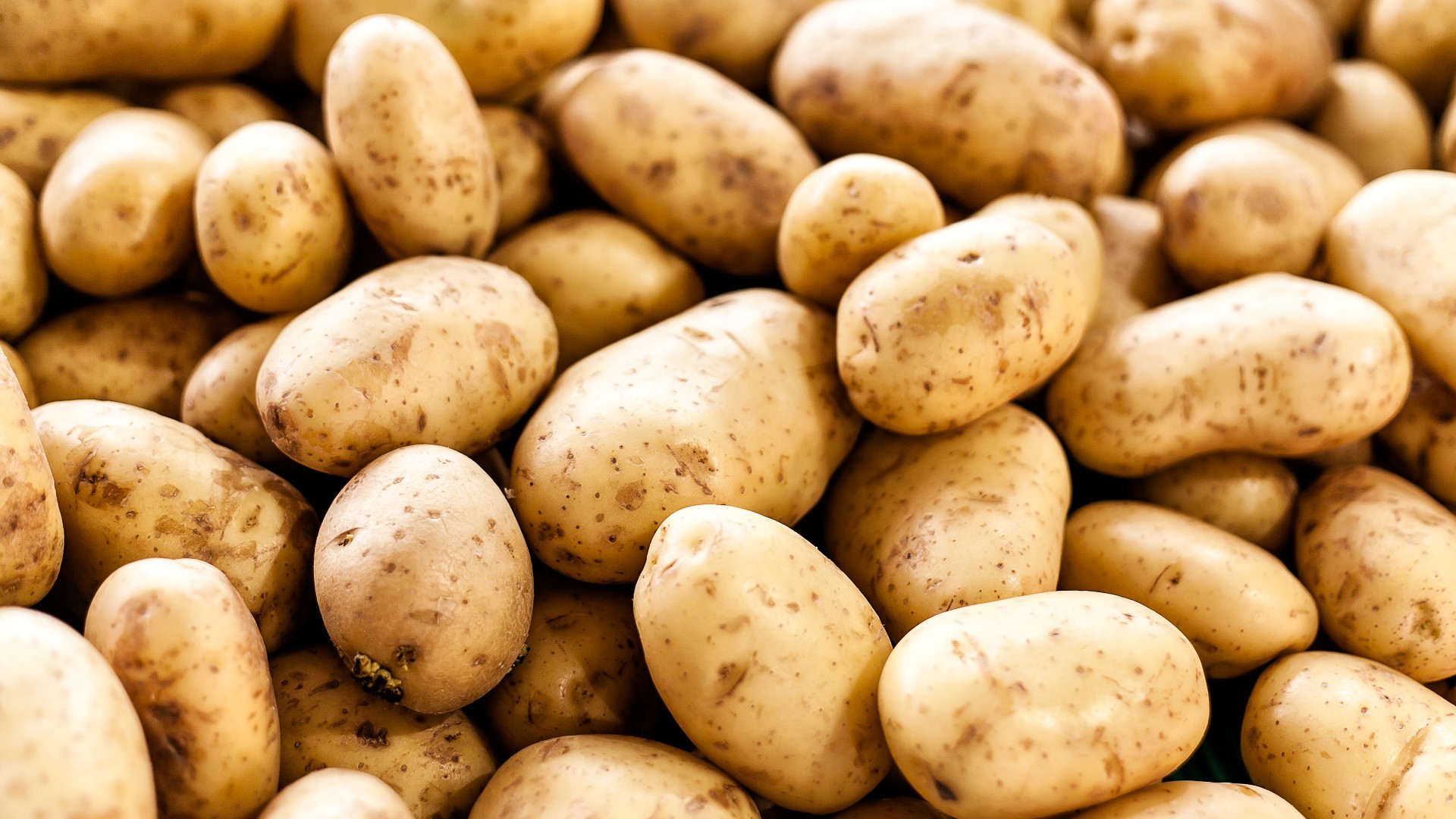
- Onions: Onions have a strong odor that can repel pollinators, which can reduce the pollination of gladiolus flowers.

- Garlic: Garlic has a strong odor that can repel pollinators, just like onions.

- Cabbage: Cabbage is susceptible to a number of diseases, including clubroot, which can also affect gladiolus plants.
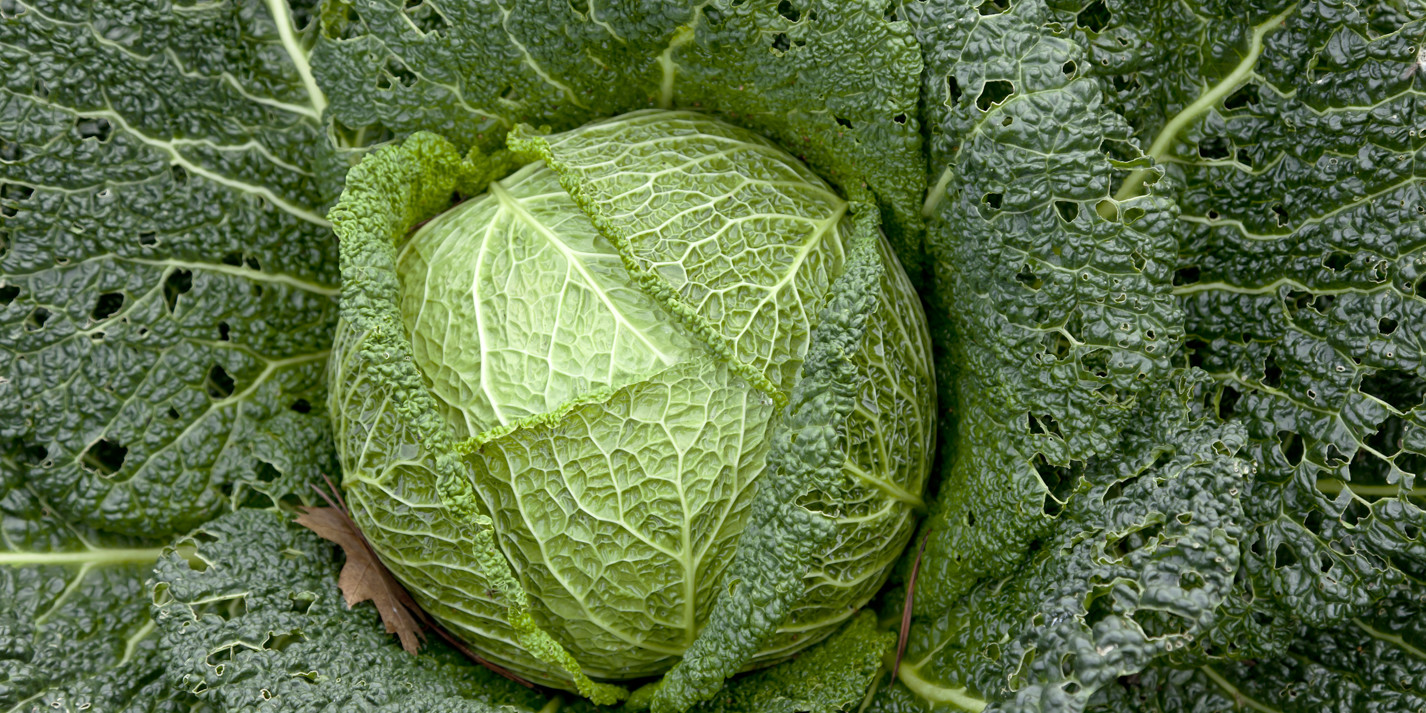
Question 3: How far apart should gladiolus and their companion plants be planted?
Answer: The spacing between gladiolus and their companion plants will depend on the size of the plants. In general, gladiolus plants should be spaced about 12 inches apart, and their companion plants should be spaced about 6 inches apart.
Question 4: When should I plant gladiolus companion plants?
Answer: Gladiolus companion plants should be planted at the same time as the gladiolus plants. This will ensure that they have time to establish themselves before the gladiolus plants start to grow taller.
Question 5: How do I care for gladiolus companion plants?
Answer: Gladiolus companion plants should be cared for in the same way as any other vegetable plant. This includes watering, fertilizing, and weeding. However, it is important to avoid overwatering gladiolus companion plants, as this can lead to root rot.
Image of gladiolus companion vegetables
Here are 5 different images of "gladiolus companion vegetables" from Pinterest:
- Image 1: A bed of gladiolus and tomatoes. The tomatoes are taller than the gladiolus and provide some shade for the gladiolus, which can help to prevent them from wilting in hot weather.
- Image 2: A row of gladiolus with carrots planted in between. The carrots help to deter pests from the gladiolus, such as aphids and nematodes.

- Image 3: A bed of gladiolus with beans planted in the back. The beans fix nitrogen in the soil, which can benefit the gladiolus.
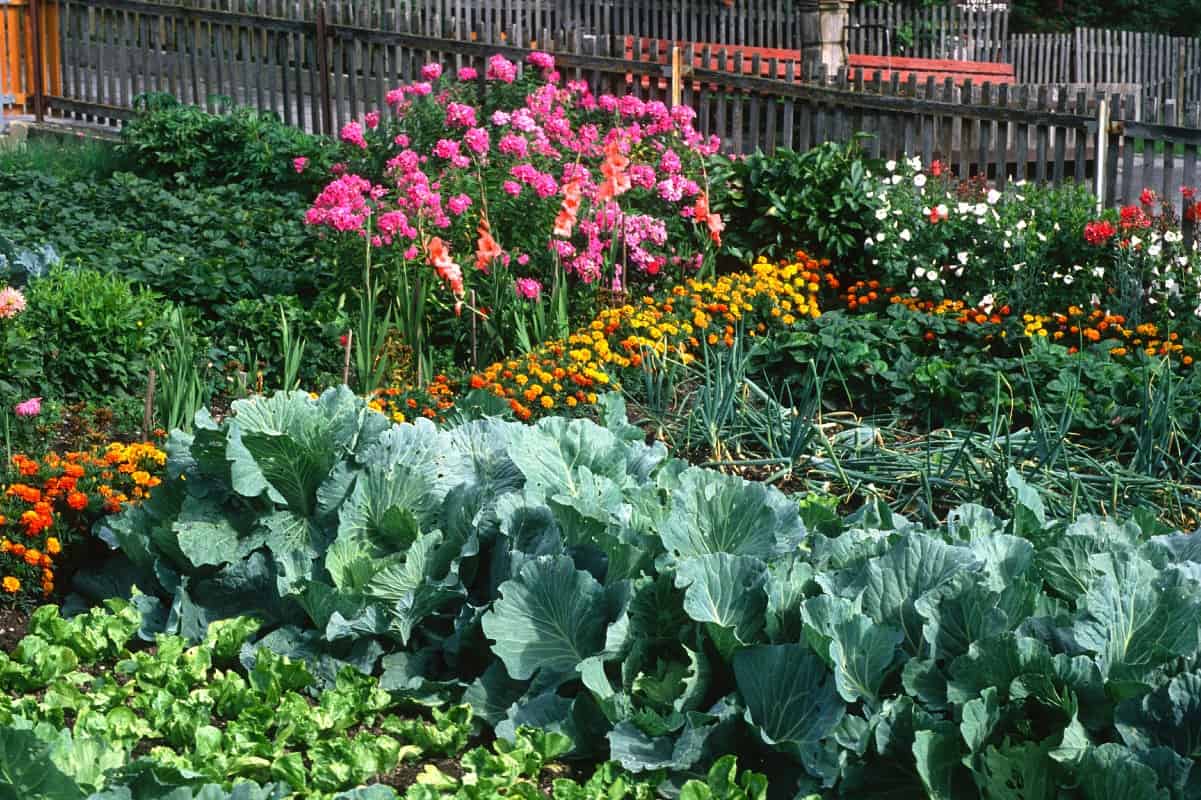
- Image 4: A cluster of gladiolus with marigolds planted around them. The marigolds help to repel pests from the gladiolus, such as beetles and flies.

- Image 5: A bed of gladiolus with lavender planted in the front. The lavender helps to attract pollinators to the gladiolus, which helps to improve the pollination and therefore the flower production of the gladiolus.

Post a Comment for " Amazing Companion Vegetables For Your Gladioli"